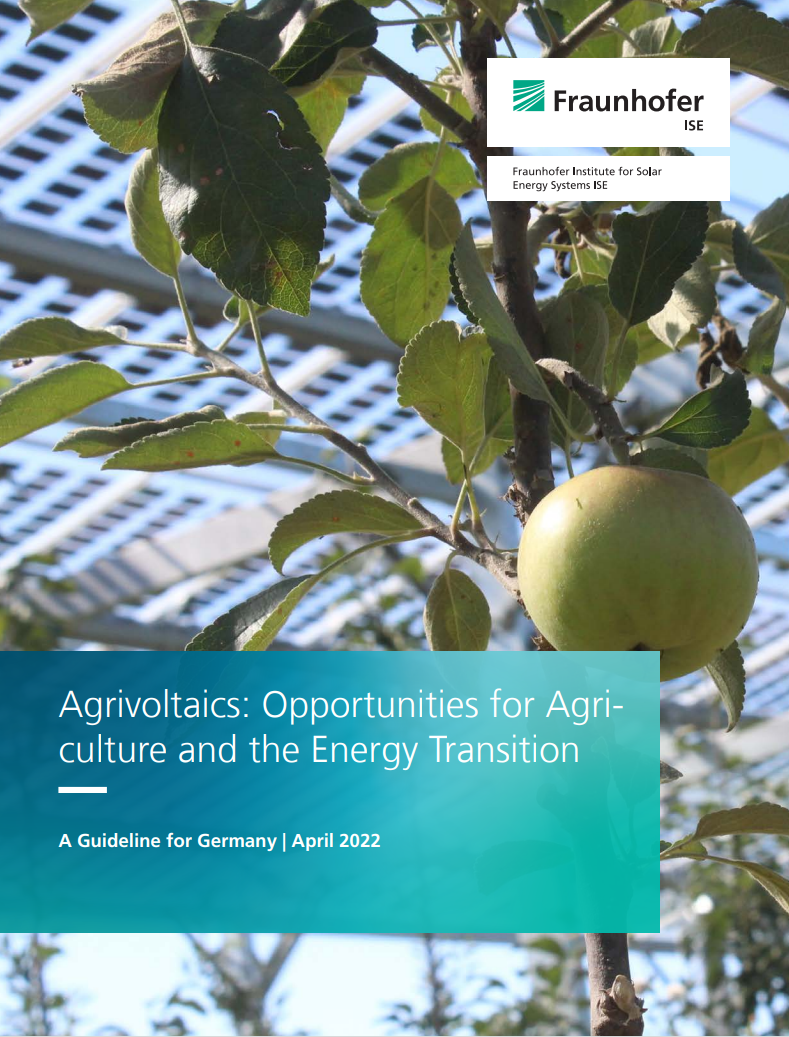The increased benefits (crop yields and resilience) are particularly high for special crops such as fruit, vegetable and wine cultivation, as these crops are severely affected by hail, frost and drought and are better protected from such weather damage by partial roofing with solar modules. Examples can be found in the »Agri-PV Baden-Württemberg model region« project. Synergy effects are more pronounced with special crops, which is why the benefits are particularly high.
Shade-tolerant crops, such as leafy or fruiting vegetables, or field forage species (e. g. clover grass) are also very suitable.
Arable crops under agrivoltaics are particularly suitable in dry areas. In Heggelbach near Lake Constance, good results were achieved in hot years with winter wheat, barley, rye, triticale, potatoes, celery and clover grass; in years with high precipitation, yield losses were up to 20 percent.

